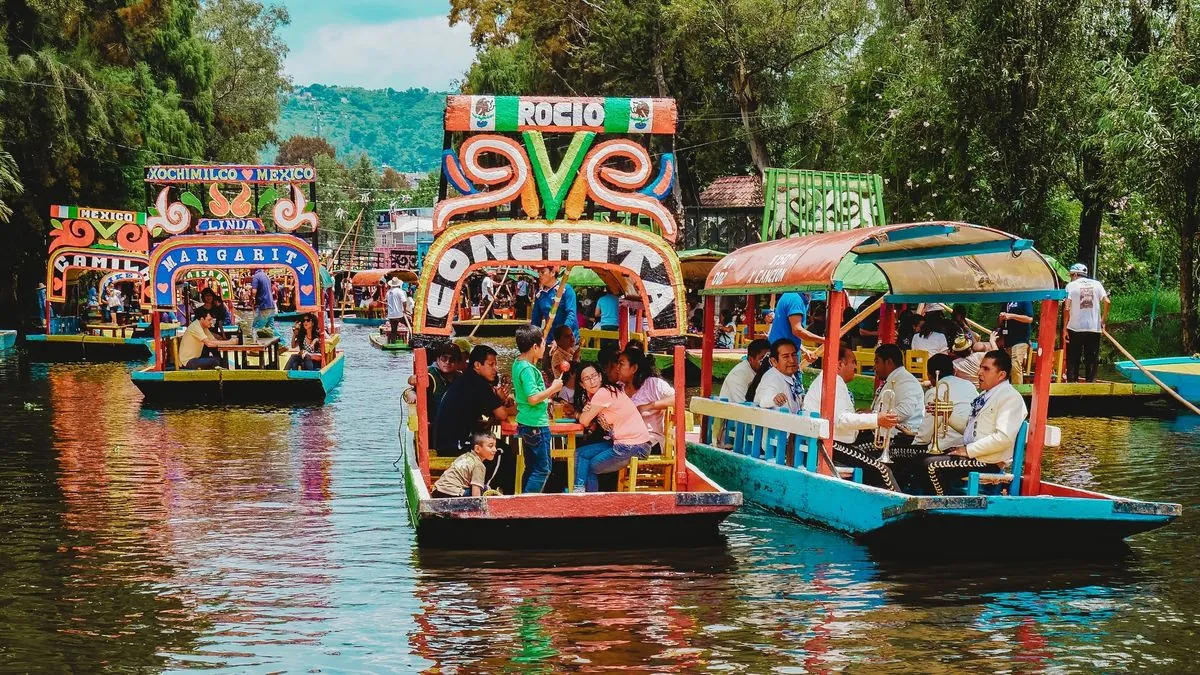In a remarkable display of faith and tradition, Mexico City's renowned Xochimilco canals hosted an extraordinary event on August 11, 2024. A relic of St. Jude Thaddeus, one of Jesus' 12 apostles and the patron saint of impossible causes, was transported through the waterways, drawing thousands of devoted Catholics.
The relic, a bone fragment from St. Jude's arm encased in glass, arrived in Mexico in late July 2024, marking its first-ever journey outside Rome. This visit is part of a month-long tour through Mexican parishes, scheduled to conclude on August 28, 2024.
Mexico, home to nearly 100 million Catholics, has embraced the relic with fervor. The procession took place on the UNESCO World Heritage site of Xochimilco canals, where colorful trajineras (traditional gondola-like boats) replaced their usual tourists with devout worshippers.
Iris Guadalupe Hernández, a 36-year-old devotee, shared her family's connection to St. Jude: "Our faith for St. Jude Thaddeus is a family tradition. My mother's devotion began four decades ago when St. Jude granted her greatest wish: a family."
The Rev. Jesús Alejandro Contreras of Xochimilco's diocese emphasized St. Jude's significance: "He is one of the most important expressions of popular piety among the humblest. In our neighborhoods, devotion toward this apostle is seen as an intercession for difficult causes."
The procession blended Catholic tradition with unique local customs. Comparsas, groups of dancers devoted to specific images of the infant Jesus, participated in the celebration. These dancers, wearing velvet robes, drum-like hats, and masks mocking Spanish conquerors, added a historical and cultural dimension to the event.
Xochimilco's religious landscape is diverse, with devotion split between St. Jude and the Niñopa, a 450-year-old wooden figure of a baby discovered after the Spanish conquest. Arturo Espinosa, a 52-year-old local, explained: "Our faith here is divided. The Niñopa is our main representative, but we also have other emblems and participate in these celebrations."
The relic's journey through Mexico follows a tour of the United States and precedes its scheduled return to Rome in late August. This visit has provided a unique opportunity for Mexican Catholics to connect with their faith and traditions, bridging the gap between ancient relics and contemporary devotion.
"I was so moved I started crying. I told him (St. Jude): 'You called for me, so here I am.'"
As the relic continues its tour through central Mexico's churches, it serves as a powerful reminder of the enduring strength of faith and the unique ways in which religious and cultural traditions intertwine in Mexican society.
